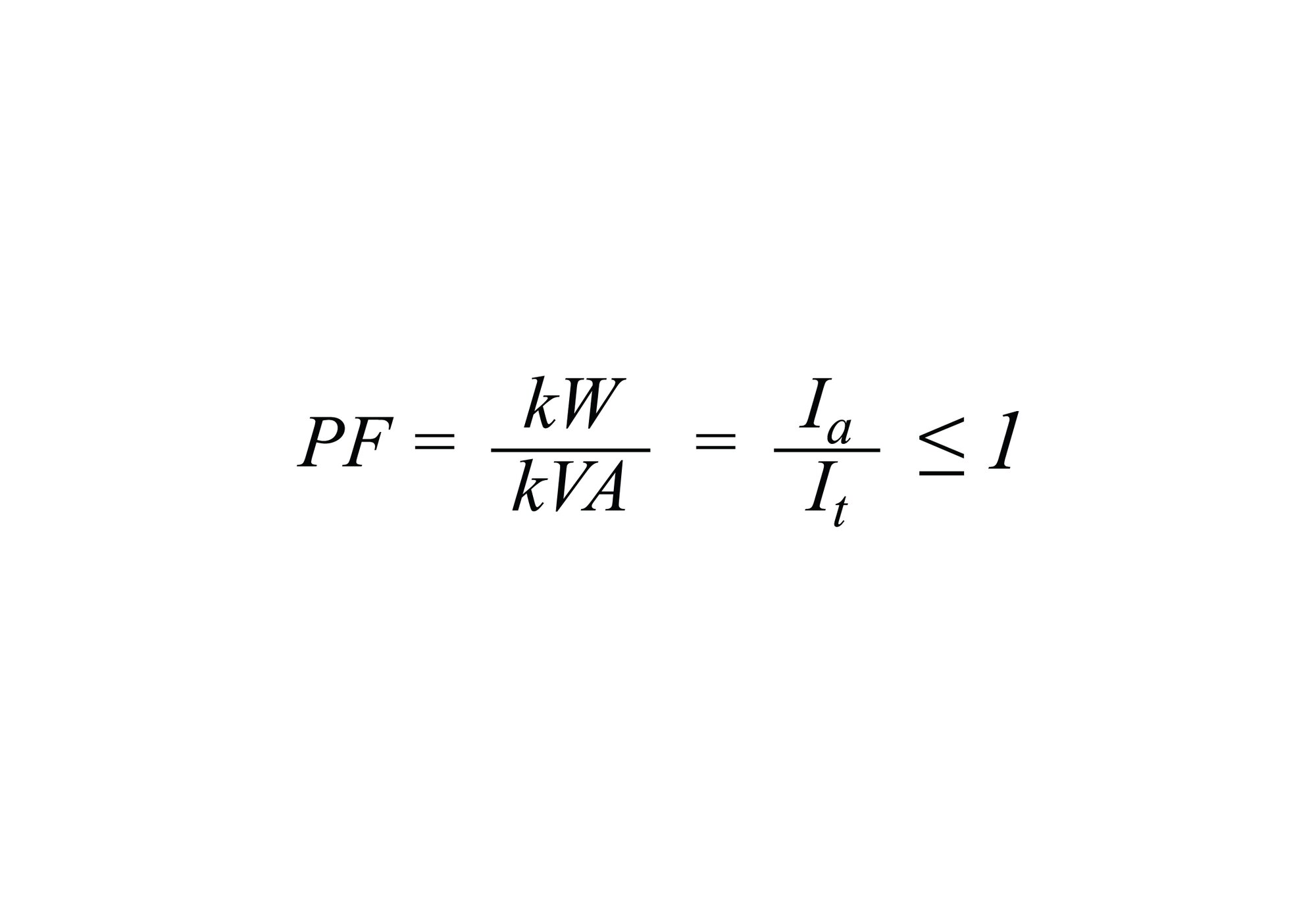Technical Articles
With the increasing use of technology and automation, electricity has become lifeline of any business. Safety, reliability and efficiency of this electrical system and advance machinery is highly dependent on the quality of power (eg, Harmonics, PF, Voltage fluctuation, Surges etc.). Unoptimized power will result in higher CAPEX as well higher OPEX for the business.
An optimized and high-quality power supply is necessary to ensure quality output as well as to prevent malfunction, premature failure and economically efficient electrical systems.
Power quality is described by variation (from nominal value) of all the power parameters which are responsible for maintaining safety, reliability and efficiency of an electrical systems. And these parameters are Voltage (sag/swell, surge, overvoltage/undervoltage), current (surge), frequency (under frequency/over frequency), power factor and harmonics (voltage/current).
Out of the above power quality parameters, user is responsible for power factor (PF), current harmonics and voltage harmonics (indirectly).
Power Factor (PF) is basically the ratio of the power which converts into energy (known as active power and measured in kW) to the total power which is supplied to the device (known as apparent power and measured in kVA). Some portion of total power does not convert to energy and is known as reactive power (measured in kVAr).

Where,
kVA =
Where,
= total current corresponding to kVA
= active component corresponding to kW
=Reactive component corresponding to kVAr
As we can see from the above formula, a low PF increases total current & kVA loading of the system and results in
1. Higher electricity billing: Increase in energy billing due to penalty and increased demand (in case of kWh billing) or due to increased total units & increased demand (in case of kVAh billing)
2. Higher current/higher apparent power: Higher current can result in
a. Higher Heat loss (I2R)
b. lower system efficiency
c. Higher equipment capacity (Transformers, Conductors, Switchgears etc.)
d. Higher equipment capacity results in investment and Lower return on investment
e. Higher Voltage drops and lower supply voltage at point of use
A non-sinusoidal/distorted waveform can be represented as summation of fundamental frequency and other frequencies of integer multiple. These integer multiple frequencies are called harmonics.
Harmonics can affect an electrical system in three ways.
1. Premature aging/failure or malfunction of equipment
a. Premature aging/failure: Premature aging/failure happens due to higher heating of transformer/reactor core & conductors, stress on insulation due to crest factor, saturation in core due to flat top waveform, capacitor overloading, rotor vibration/heating/inefficient torque generation in motor.
b. Malfunction of Protection and control devices
2. Lowering PF: Presence of harmonics deteriorates true PF.
True PF = Displacement PF X Distortion PF
This distortion PF (≤1) basically represents the harmonic contents in system.
3. CEA guideline: As per CEA guidelines, users are responsible for managing harmonic current injection within the limit of IEEE 519. In case of non-compliance, user can be penalized.
There are multiple symptoms of power quality issue, like Overheating, Premature failure, Malfunction, Vibration/noise, higher electricity bill etc. In case symptoms suggest that there is harmonic in system, it is required to carry out a detailed study of the system health. A detailed harmonic study can be performed with the help of Power management system.
PF can of two types, Leading PF and Lagging PF. Luckily, these two types of characteristics can compensate each other. In industry, most of the loads are inductive in nature and that makes the system operates at lagging PF. As described, this lagging PF can be compensated with the help of leading PF (i.e, capacitor). In case there are harmonics in system, detuned reactor needs to be used to avoid capacitor overloading.
In case the harmonic current is high due to presence of non-linear loads in the system, one needs to mitigate the harmonics. Technically there can be two types of harmonic filters, Passive harmonic filter and active harmonic filter. However, in practical passive harmonic filter is generally not used due to several limitations. Most practical solution to mitigate harmonic is to use Active Harmonic Filter (AHF) due to its flexibility. Another economic solution for harmonic mitigation along with reactive power compensation is Advance Static VAR Generator (ASVG). AHF and ASVG, both the devices can mitigate harmonic current (balanced and unbalanced) as well as compensate reactive power to improve PF.
Basic application of Power Quality Solution equipment is given below.
With the adoption of more and more moder technology and automation, industries are operating with low PF and high harmonics. Capacitors can be used to improve displacement PF only. For improvement of true PF, distortion PF needs to be improved. An AHF or ASVG is used to mitigate harmonics.
Quick Links
Miniature Circuit Breaker | Air Circuit Breaker | Home Automation Systems | Switches and Sockets | Variable Frequency Drives | Energy Management System | IEC 61439 Panels | Moulded Case Circuit Breakers | AC DRIVE | Submersible Pump Motor Starter | Mobile Starter | Industrial Automation | Residual Current Circuit breaker | APFC controller | Power Factor Correction | Motor Protection Device | Medium Voltage | Vacuum Circuit Breaker | Programmable Logic Controllers | Human Machine Interface | Solar MCCB
Assistance Required?
Select an option to Contact Us